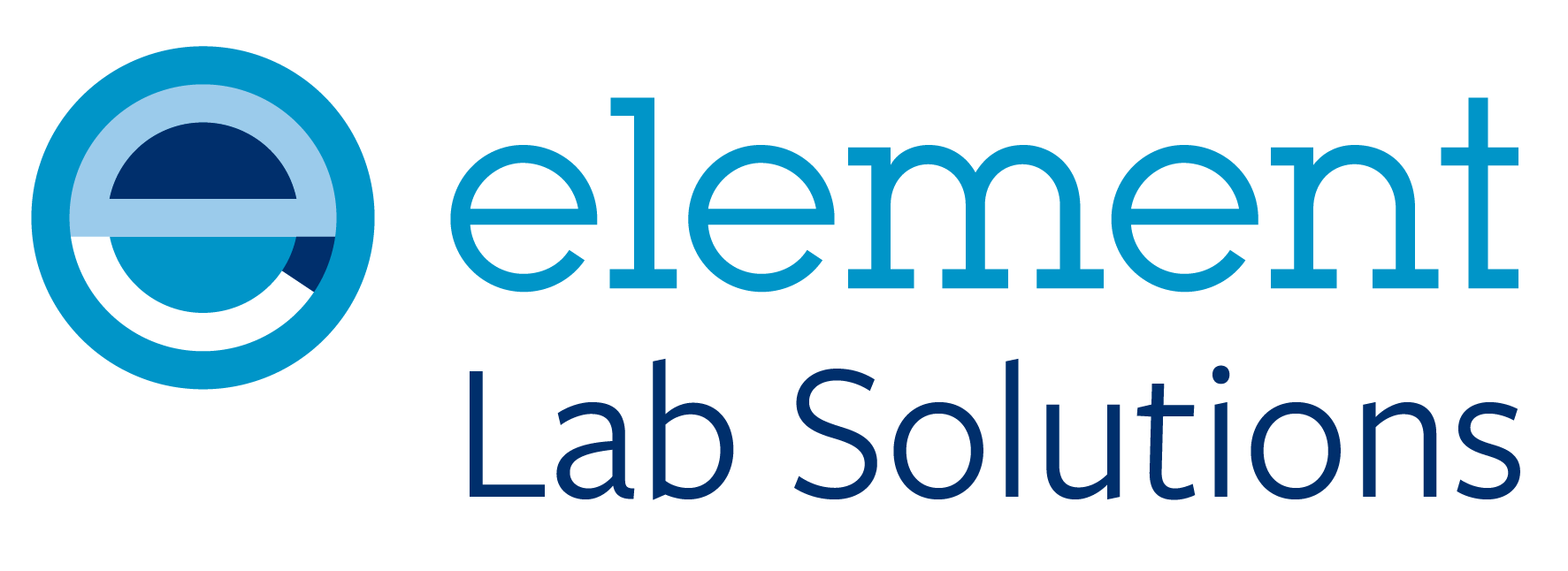Traditional Glycan Sample Preparation Products from Agilent

All pictures shown are for illustration purpose only. Actual product may vary.
Agilent’s range of traditional glycan processing products are available for use with older N-glycan workflows. The typical N-glycan preparation workflow includes digestion with PNGase F, purification of released glycans, fluorescent labelling (often with 2-AB), and further purification of the labelled glycans. Although this process takes 1 to 2 days and may not be ideal for automation or high-throughput needs, it remains a reliable and trusted method.
Agilent continues to support these traditional workflows with products such as the 2-AB labeling kit and GlycoClean SPE cartridges. These products are designed for fluorescent labelling, protein removal, desalting, and excess dye elimination, ensuring that your glycan samples are ready for analysis.
For users looking to transition to faster, higher-throughput workflows, Agilent also offers advanced solutions like Gly-X technology.
Features
- Cleanup up of glycans is often performed before labelling to remove contaminating proteins, as well as after labelling to improve data quality and extend column life
- Cleanup cartridges are intended to complete a user-developed traditional N-glycan prep method
- GlycoClean H SPE cartridges contain a porous graphitic carbon (PGC) matrix and are useful for de-salting both free oligosaccharides and fluorescent labelled
- GlycoClean R SPE cartridges contain a reverse phase matrix and allow glycans to pass through the matrix while hydrophobic peptides and detergents are retained
- GlycoClean S Cartridges are used for clean-up of glycan samples after fluorescent labelling
- GlycoClean S cartridges can be used in combination with GlycoClean R to purify glycans from N-glycanase (PNGase F) digests prior to Signal 2-AA or 2-AB labelling
- 2-AB and 2-AB-plus labelling kits provide convenient fluorescent labeling of glycans with 2-AB (2-aminobenzamide) by reductive amination
- 2-AB-plus labelling kit improves on the traditional 2-AB labelling kit by providing the 2-AB and reductant already in solution
